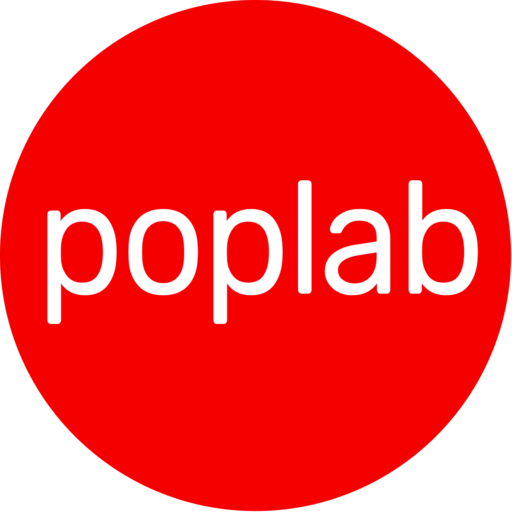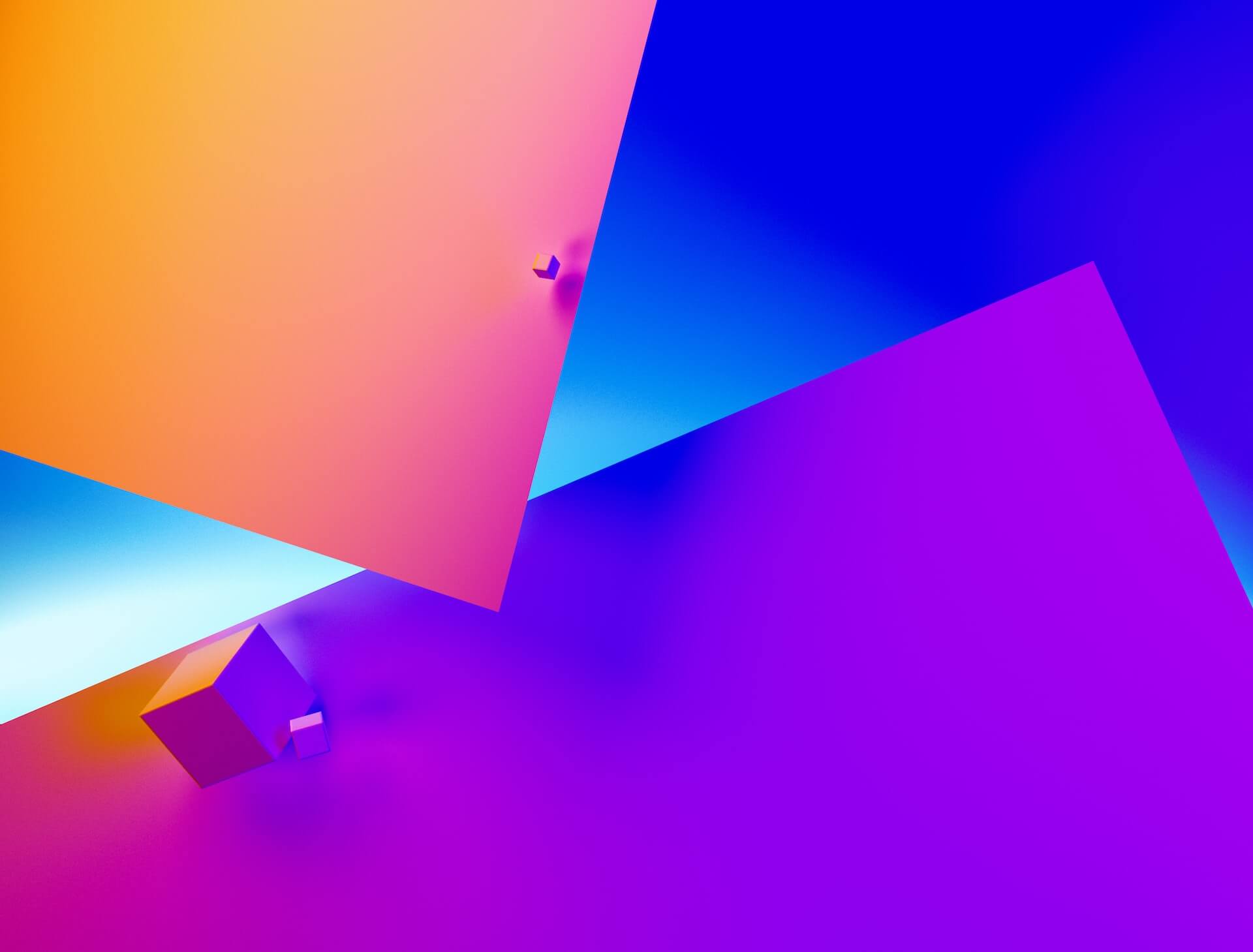Product design has come a long way since the days of pencil and paper sketches. Today, advancements in technology have allowed for new and exciting opportunities in the field. One of the most significant developments in recent years is the integration of chatbot technology in product design.
Chatbots, also known as conversational agents, are computer programs designed to simulate conversation with human users. They have been around for decades, but it’s only recently that they’ve become mainstream. Chatbots are now integrated into a wide range of products and services, from customer service to e-commerce.
The integration of chatbots into product design is not just about adding a new feature, it’s about rethinking the entire design process. Chatbots have changed the way we interact with products, and as a result, product designers have had to adapt. The traditional design process, which focused on visual design, has evolved to include conversation design.
Conversation design is the process of creating a natural and effective dialogue between a user and a chatbot. It’s about understanding the user’s needs, goals, and preferences and creating a conversational flow that meets those needs. This requires a different set of skills than traditional product design, including an understanding of language and user psychology.
The integration of chatbot technology has also brought new challenges to product design. One of the biggest challenges is creating a seamless user experience across different platforms and devices. Chatbots can be integrated into websites, mobile apps, and voice assistants, and each platform has its own set of design constraints and opportunities.
Despite the challenges, the integration of chatbot technology has brought exciting new possibilities to product design. Chatbots have the potential to make products more personalized, more efficient, and more accessible. They are also helping to bridge the gap between the digital and physical worlds, making it possible for products to be more connected and more responsive to user needs.
In conclusion, the integration of chatbot technology has brought a new dimension to product design. It’s not just about adding a new feature, it’s about rethinking the entire design process. It’s about understanding the user’s needs, goals, and preferences and creating a conversational flow that meets those needs. It’s about creating a seamless user experience across different platforms and devices. The future of product design is exciting and it’s just the beginning.







Leave a Reply